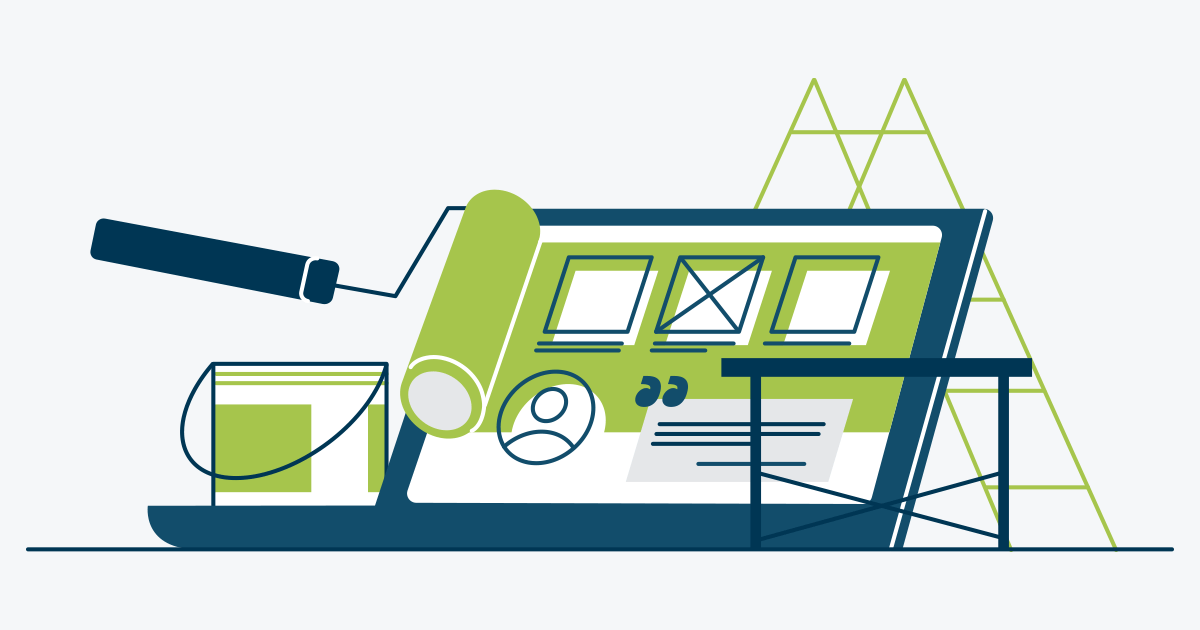[5-minute read]
By guest writer and Truevo growth marketer, Marlene Bramley
Ecommerce is like life. You have to crack the nuts before you can eat the kernel. Cracking the nuts in ecommerce comes down to little things like product descriptions on your website, and how people check out and pay for their purchases. You want to leave nothing up to anybody’s imagination here. It must be crystal clear what customers are buying and how they pay for it. If you get this right, you’ll avoid returns and chargebacks – something any ecommerce store owner will tell you, you want to avoid at all costs.
Let’s get into those nuts and bolts.
Let your products do the talking
When people shop, we use our senses unconsciously. We smell products, feel the fabric, see the colour, and hear the rustles and rackets some products make. As an ecommerce storekeeper, you have to stimulate all those senses when you sell online. Or try to, at least. Product descriptions are where your items must come to life. When you think of it, there’s quite a lot to say about them: where they come from, how they’re made, which fabrics are used (if you sell clothing or other textiles), the size of the product, and why customers should buy it.
While you’re at it, you might as well also tell a story. People identify with stories and respond better to them than to cold, hard facts. More importantly, stories convert and sell. Crucially, product descriptions also replace sales staff in brick and mortar stores. So, on top of being enticingly descriptive, your copy must also act as a salesperson to convert browsers to buyers.
Head on over to Bluehost – they publish a great blog about product descriptions and how to go about writing them. They also talk about capturing enticing images of your products; it’s important that your customers have a realistic idea of what they’re buying. We’ve seen some very humorous outcomes of people buying wedding dresses… Let’s just say, it didn’t turn out to be the special day the customer wished for.
Who are you selling to?
The first principle in any writing that you do is to consider your target audience. Define your ideal customer for that product and give them a name. When you research how to target customers, you’ll undoubtedly come across the term buyer personas. It basically describes who your ideal buyer is, what kind of language they speak and will respond to, and a whole lot more.
When you create your personas, try to put yourself in that person’s shoes. Think about what their aspirations might be, where they live, and what kind of lifestyle they have. It also helps to know how much disposable income the person has; it’s pointless to try and sell Dior to a recluse who thinks wearing her grandpa’s holey jerseys are a good look.
Build trust with your payment page
OK – your potential customer has made his choices, added products to the cart and he’s ready to give you what he came for – his hard-earned cash. That’s grand. When he clicks on to check out, he’ll land on your payments page. Before we talk about anything else, this page must be secure and HTTPS encrypted. That means secure. Safe as houses. Impenetrable by malicious hackers. If your customer gets a whiff of anything suspicious or is surprised by the shipping cost or anything untoward, he’ll be out of there leaving his cart abandoned and you penniless. In fact, some ecommerce sites experience an 79,17% abandonment rate according to SaleCycle. Ouch.
There are ways that you can avoid cart abandonment, or at least minimise it. Let’s have a look at them.
Display the various payment options you support (like Mastercard, Visa, etc.) visually. You can get their official logos from your payment provider as well as the permission to use them. These tell your customer how he can pay at a glance. He shouldn’t have to be Sherlock Holmes to figure it out.
Many payment providers will redirect the payments process to their secure gateways. They will also set up the fields that buyers need to provide to complete the transaction. It’s a blessing in disguise because it protects merchants from any security scares. Let’s just say the payments page needs to be as simple as possible.
This is not the place to ask your customer to subscribe to your newsletter or anything else. You just want him to pay. Another word of advice: Display the price in your customer’s local currency and clearly state what the price of the product is (include shipping in your price), and how much tax is involved.
A handy tip to increase your sales: When people abandon their carts, they’ve normally already provided their email addresses, so you can contact them. Send them a friendly mail and perhaps offer a further discount or added value item if they complete the transaction. It’s much cheaper and easier to catch people here than to start getting their attention from scratch.
Did you find this article useful? Feel free to share your thoughts and tag us on Instagram, Twitter, Facebook, and LinkedIn.
P.S. Want a payment solution that does what it says it will do? Get Truevo. We can’t wait to connect with you.



